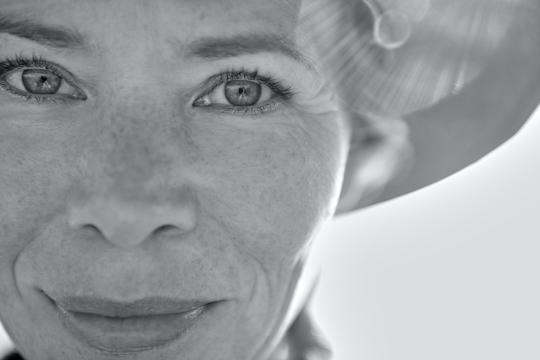How is dermabrasion performed, and what are my options?
You will typically get dermabrasion in a surgeon’s office. Below outlines the general steps for dermabrasion, which vary slightly based on the type of treatment you get.
Dermabrasion
The purpose of dermabrasion is to intentionally "injure" the skin so that good scar tissue will replace bad scar tissue, thus reducing or eliminating skin blemishes and wrinkles.
- Your surgeon uses a small tool with a rapidly spinning wheel with a roughened surface, not unlike fine-grained sandpaper.
- The surgeon rubs this tool on your skin, removing your skin’s upper layers, similar to skinning your knee.
- Dermabrasion treats acne scars and other facial blemishes, and it’s particularly useful for those who have vertical wrinkles around the mouth that often cause lipstick lines, or “smokers lines” (if you had a history of smoking).
- Dermabrasion procedures are more intensive than chemical peels and microdermabrasion.
- It is best for deep lines in regions of thick skin (around the mouth, cheeks, central forehead).
Dermaplaning / Dermablading
Dermaplaning or dermablading is very similar to dermabrasion, though your aesthetic plastic surgeon uses a slightly different tool.
- Your surgeon uses a tool known as a dermatome, which often resembles an electric razor. Instead of a sandpaper-like surface, this tool has small blades that "skim off" the top layers of the skin.
- The surgeon glides this tool across your skin, removing your skin’s upper layers.
- Dermaplaning/dermablading is best-suited for those who have deep acne scars or wrinkles on the face.
- Like dermabrasion, you can treat a single area of your face or your entire face.



